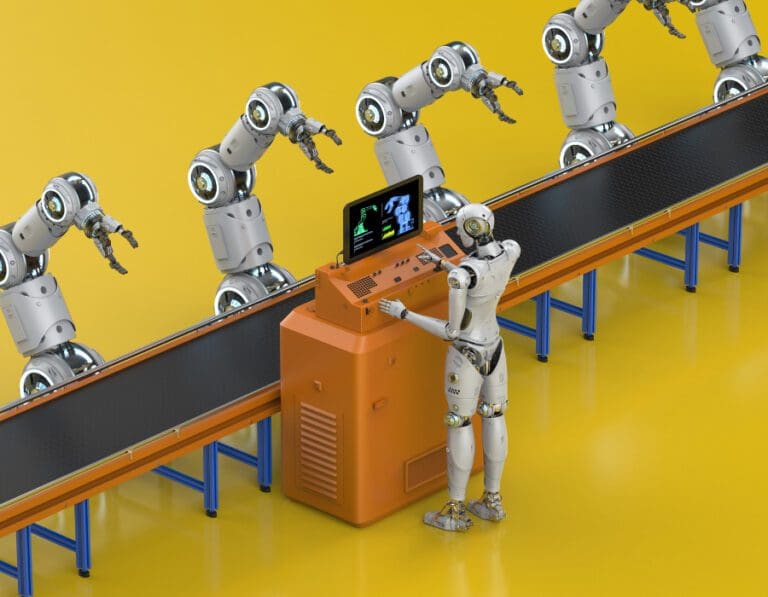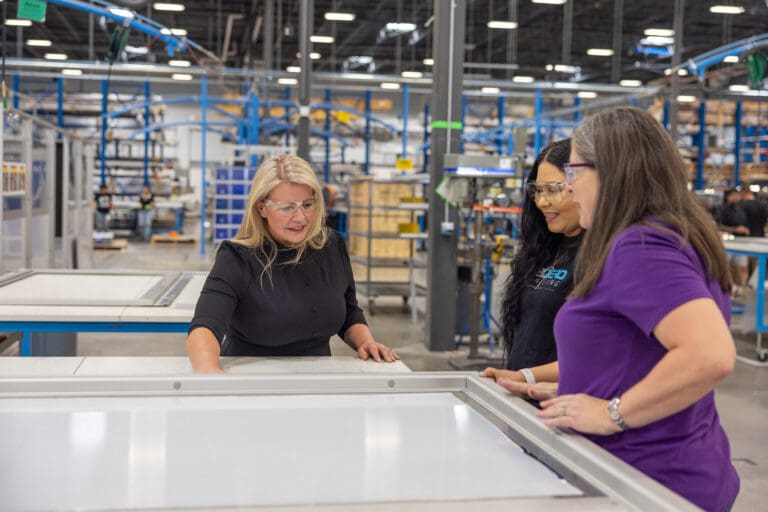Joana delves into what AI-led test automation is, how this is beneficial for female testers in their career development, and how it can support in bridging the gap for female testers.

Joana has been a performance engineer for over ten years. She performed root cause analyses from user interaction to bare metal, performance tuning, and new technology evaluation. Her goal is to create solutions to empower the development teams to own their performance investigation, visualisation, and reporting so that they can, in a self-sufficient manner, own the quality of their services.
She recently joined Virtuoso, a functional, UI, and end-to-end testing platform, as a Site Reliability Engineer. She previously worked at Postman, doing performance profiling, evaluation, analysis, and tuning. As the first performance engineer in several companies, she participated in selecting tools for benchmarking and continuous monitoring. She wrote several best practices guides while collaborating with teams to create processes to guarantee performance budgets.
MY JOURNEY IN TECH BEGAN WHEN I WAS IN COLLEGE AND REALISED I NEEDED TO GET MY HANDS DIRTY BY WORKING IN TECH, AND CONTINUE TO BE MOTIVATED WITH MY STUDIES.
From the very beginning, the gender split in tech was clear to me – in college, I was one of 9 women out of a class of 140. This split has improved, but there is still a huge way to go in bridging the gap for women in tech and improving diversity.
The underrepresentation of women in technology and AI is a serious problem. Female testers often find it harder to break into the industry and access the same training time as their male counterparts. It’s a challenging industry, and as a woman in tech, we already have to balance so much. We need to empower women to work and thrive in the tech industry, and test automation tools can support doing this.
WHAT IS TEST AUTOMATION?
Test automation refers to using automation tools that can write and execute tests. Combined with Natural Language Processing and the power of AI, women either already in the industry or making a career change can access almost codeless automated testing frameworks. Using natural language for testing will give them a more accessible way to train and develop a more robust testing skill set, helping to bridge the career gap for women in the Quality Engineering industry as they progress and upskill.
When new talent wants to shift to IT for testing or coding, they often look for front-end roles. AI test automation can support testers and coders in understanding the variety of testing roles on offer and greatly expand their skill set. For example, using Natural Language AI programming means that you can spend more time honing your skills in writing and delivering reports on the state of the application under test (AUT) rather than running time-consuming manual tests or debugging coded test steps.
AI test automation can support female testers well into their career, those who have moved from other industries, and those who are just starting. Quality can be an overwhelming sector to work in, and it’s important that we develop tools that can help support their education and better balance the gender split in tech.
I participate in a mentoring program created by GeekGirls Portugal, where we strive to support women who are making their way into the tech world. When mentees want to explore Quality testing, using AI-led and Natural Language testing gives them a more natural and less daunting first step into the industry while providing these techniques in their arsenal. In turn, getting up to speed with the demanding task of coding, testing, and development will be easier.
HOW CAN WOMEN BE SUPPORTED IN TECH, ESPECIALLY AROUND INTERNATIONAL WOMEN’S DAY?
Women, regardless of all the progress made in mindset and the creation of programs in schools and universities to encourage them to enrol in STEM degrees, are still given different opportunities to learn these subjects than men. Not being given the same conditions and chances to learn means they can be operating on a backstep when entering the tech world.
International Women’s Day is an important day to celebrate the achievements of women, but we mustn’t forget the inequalities that women worldwide still face. When we consider the inequalities in tech specifically, there should be more responsibility taken by tech companies to have initiatives in place all year, not just for a single day. From donating money to upskill women who may not have the same level of access to tech to creating programs that support women to get back into the sector, we all have a responsibility to make the industry a better, more inclusive place to work.







